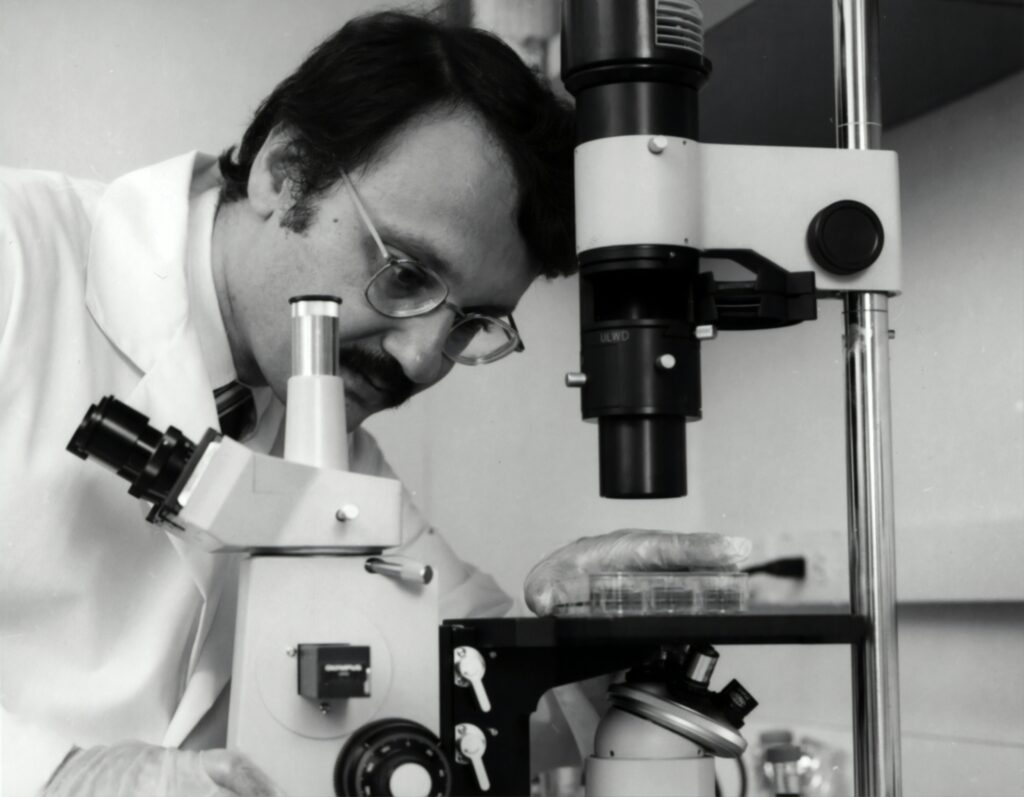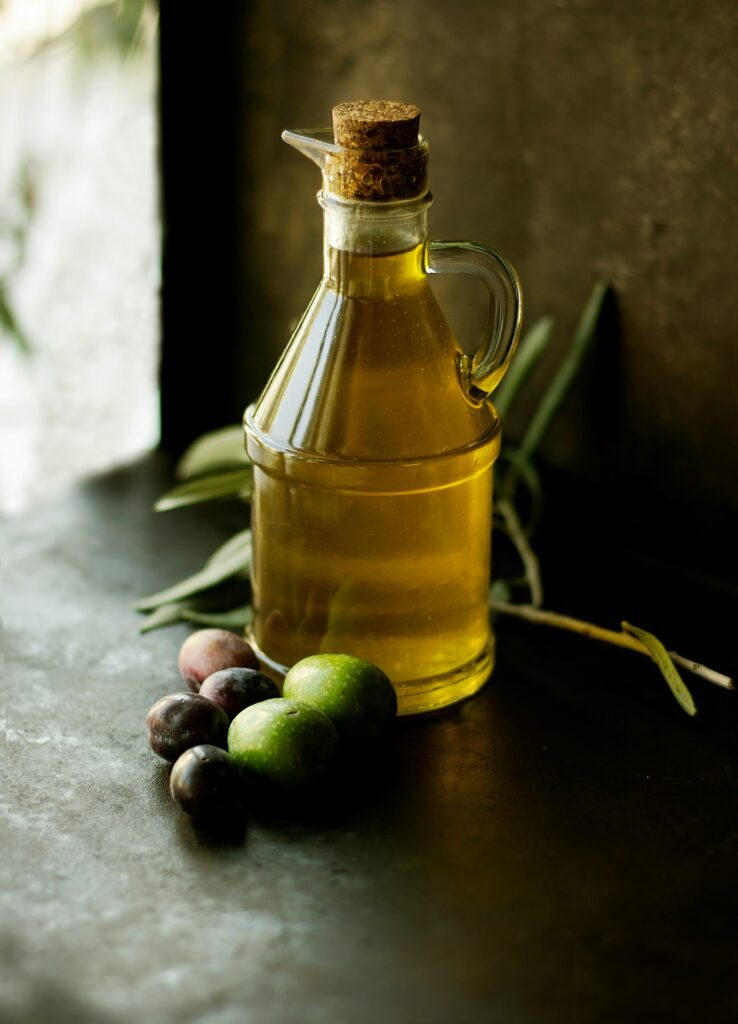The peroxide value is an essential parameter for determining the oxidation level of fatty substances, such as vegetable oils, animal fats and resins. This indicator is used to assess the quality and stability of fats based on their active oxygen content. In many sectors, including food , cosmetics and pharmaceuticals, this index is commonly used to monitor freshness and prevent rancidity in products containing unsaturated fats.
This article explores in detail the meaning of peroxide value, measurement methods, factors influencing its value, as well as applications in different industrial sectors.
1. Definition of peroxide value
1.1 What is the peroxide value?
The peroxide value measures the amount of active oxygen, primarily in the form of peroxides and hydroperoxides, present in fats. Peroxides are formed during the oxidation of unsaturated fatty acids, a natural process that leads to the breakdown of fats. This value is particularly important for assessing the quality of oils and fats intended for human consumption or cosmetic applications, as a high peroxide value indicates an advanced level of oxidation.
1.2 Importance of peroxide value in industry
The peroxide value is crucial for several reasons:
- Product Freshness Rating : A low index suggests fat is still fresh, while a high index indicates advanced degradation.
- Quality Assurance : Producers can use this index to verify that their products meet quality standards.
- Health Risk Prevention : A high peroxide value in a cooking oil may indicate the presence of potentially toxic compounds, including aldehydes.
In short, this index helps guarantee the quality and safety of fatty products, while preserving their taste and sensory characteristics.
1.3 Other complementary indices for the evaluation of fatty bodies
In addition to the peroxide value, there are other important parameters for characterizing the quality of fatty substances, such as the anisidine value, which measures the non-volatile aldehyde compounds formed during the later stages of oxidation. Another frequently measured parameter is the saponification value . This value reflects the amount of alkali required to transform a fat or oil into soap and indirectly indicates the average size of the fatty acid chains. Combined with the peroxide value, the saponification value provides a more comprehensive assessment of the stability and quality of fatty substances.
2. Oxidation process of fats and oils
2.1 Oxidation and formation of peroxides
Fat oxidation begins with the interaction between oxygen and unsaturated fatty acids. This process forms peroxides, and several factors accelerate this reaction:
- Exposure to oxygen and light : The more a fat is exposed to air and light, the more vulnerable it is to oxidation.
- High temperature : Heat accelerates oxidation, especially during processes like frying.
- Catalyst metals : The presence of metals such as manganese and iron in storage containers can catalyze oxidation.
The peroxides then transform into secondary compounds, including aldehydes, which give oils and fats a rancid taste and odor.
2.2 Implications of rancidity
Rancidity is the advanced stage of fat oxidation. Not only does it alter the sensory qualities (taste, odor) of food, but it can also make the fats unfit for consumption. The resulting compounds, such as aldehydes, can have toxic effects. Therefore, the peroxide value can detect the first signs of rancidity, even before unpleasant odors appear.

3. Why measure the peroxide index?
3.1 Quality control
Measuring peroxide value is an integral part of quality control in the fat industry. It helps ensure that oils and fats meet quality standards before being released for sale. For example, the WHO recommends that a cooking oil have a peroxide value below 26 to be considered safe for consumption.
3.2 Prevention of toxicity risks
Beyond a certain threshold, peroxides and secondary compounds become dangerous to human health. This is why regulations impose strict limits, especially for food products. The WHO sets the acceptable limit at 26 meq of active oxygen per kilogram of oil, beyond which health risks increase.
3.3 Practical applications in the choice of packaging and preservatives
Preservation methods, such as the addition of natural antioxidants (essential oils), and the choice of packaging materials (e.g., tinted glass bottles) help reduce the rate of fat oxidation.
4. Methods for measuring peroxide value in the laboratory
4.1 Iodometric dosage: Wheeler method
The Wheeler method, standardized by international organizations, involves using potassium iodide in an acidic medium. This method is based on a chemical reaction in which peroxides oxidize potassium iodide, releasing iodine. The amount of iodine released is then measured, allowing the peroxide value to be calculated.
4.2 Potentiometric method
The potentiometric method detects the breakpoint by measuring changes in electrical potential. Although less common, this technique is accurate and useful for samples with low water content.
4.3 Importance of standards and precautions to be taken
Standards (ISO 3960 and NF EN ISO 27107) define assay protocols. They also specify the sample quantities to be used to ensure accurate and reproducible results. Incorrect sample preparation or mass variations can distort results, hence the importance of strictly following the protocols.
Are you looking for an analysis?

5. Understanding TotOx: Measurement of total oxidation
5.1 What is TotOx?
TotOx (or total oxidation) is an indicator that combines the peroxide value and the anisidine value, providing a more comprehensive measure of the oxidation state of fats. Its calculation is simple: TotOx = (2 x peroxide value) + anisidine value .
5.2 Advantages of using TotOx to assess the state of degradation of oils
Unlike the peroxide value alone, TotOx takes into account secondary compounds formed during oxidation, thus providing a more complete assessment of oil degradation.
5.3 Interpretation of TotOx values in edible oils
As a general rule:
- TotOx < 10 : good quality oil.
- TotOx < 26 : acceptable oil.
- TotOx > 26 : oil too oxidized, not recommended for consumption.
6. Causes and factors influencing high peroxide values
6.1 Environmental and storage factors
The rate of fat oxidation increases with exposure to air, light, and heat. To prevent this, oils should be stored in airtight containers, away from light, and at low temperatures.
6.2 Presence of catalyst metals
Metals such as iron and manganese accelerate oxidation. Manufacturers are careful to use containers without reactive metals to limit this reaction.
6.3 Storage duration and conditions
High quality oils are more prone to oxidation if stored for a long time, especially under unsuitable conditions.

7. Critical limits and thresholds of the peroxide value
7.1 Peroxide value and risk of rancidity
For a quality oil, the peroxide value should be less than 5 meq/kg. Beyond this, the risk of rancidity increases, making the oil less flavorful and potentially harmful.
7.2 Indicators of toxicity for human consumption
Peroxide index values are regulated by international health agencies, which establish thresholds to prevent any risk of toxicity. A peroxide index above 26 is considered unsafe to drink.
8. Applications of peroxide index in different sectors
8.1 Food sector
Cooking oils and fats must have a low peroxide value to ensure product safety and quality. Regular monitoring is necessary to ensure compliance.
8.2 Cosmetic sector
In cosmetics , the peroxide value is used to assess the stability of fatty ingredients. A value that is too high signals deterioration of the products, which can be harmful to the skin.
8.3 Pharmaceutical and food supplement sector
Products rich in polyunsaturated fatty acids, such as omega-3s, are susceptible to oxidation. Manufacturers must monitor the peroxide value to ensure the effectiveness and safety of dietary supplements.
Conclusion
The peroxide value remains an essential tool for ensuring the quality and safety of fats in many sectors. With the growing demand for high-quality products, measurement methods and standards are constantly evolving to meet consumer needs.




